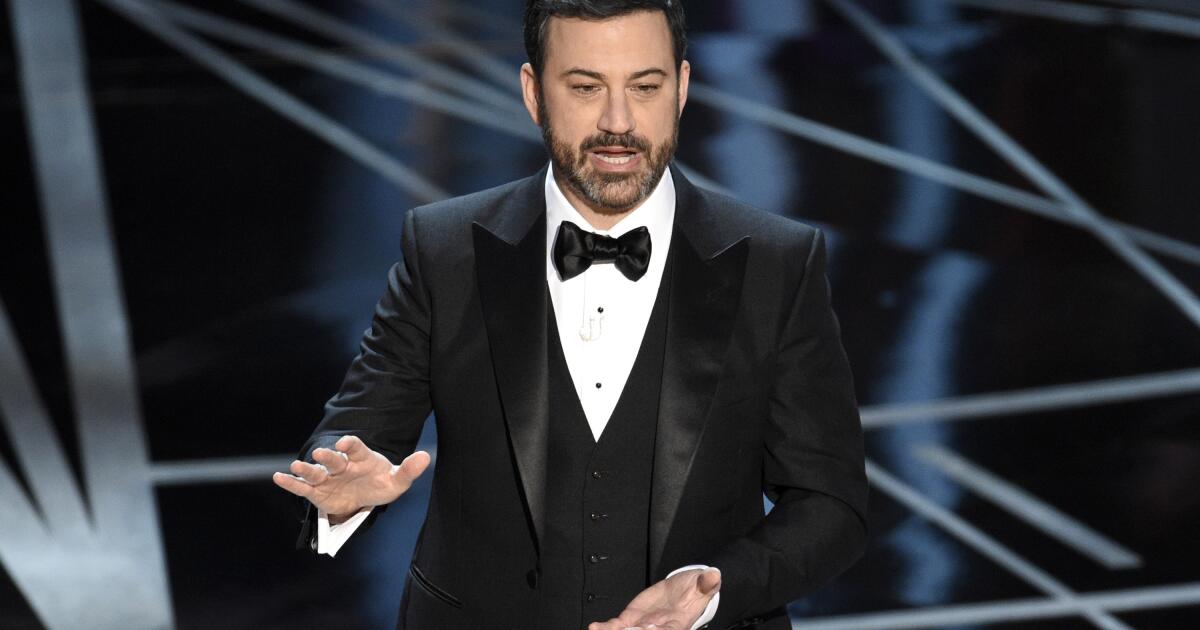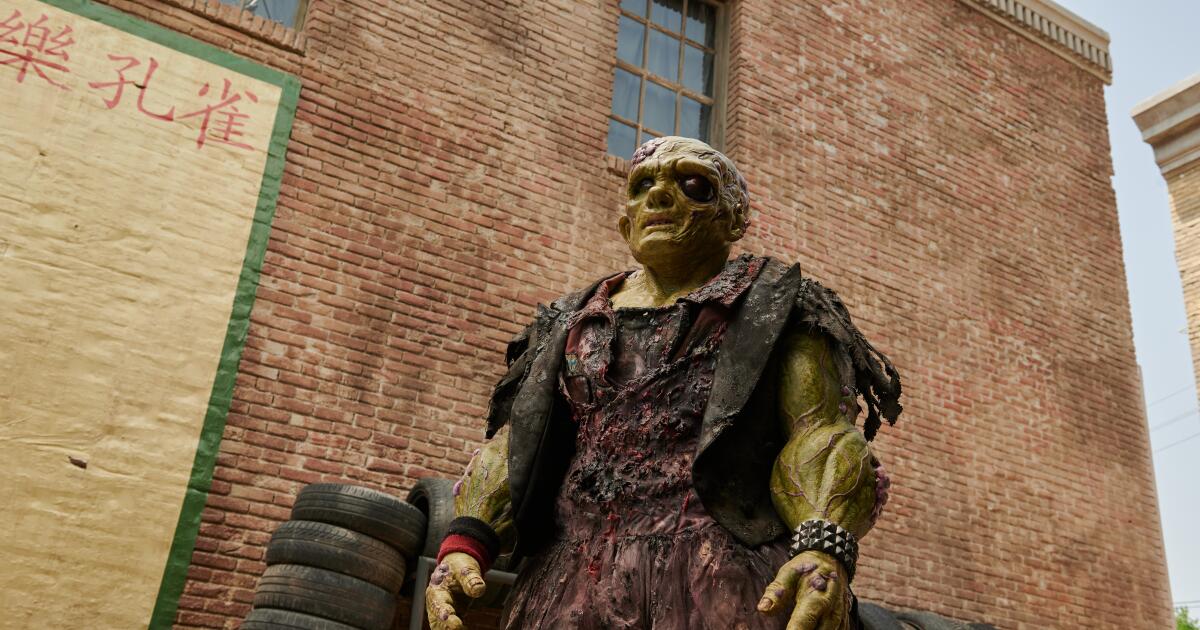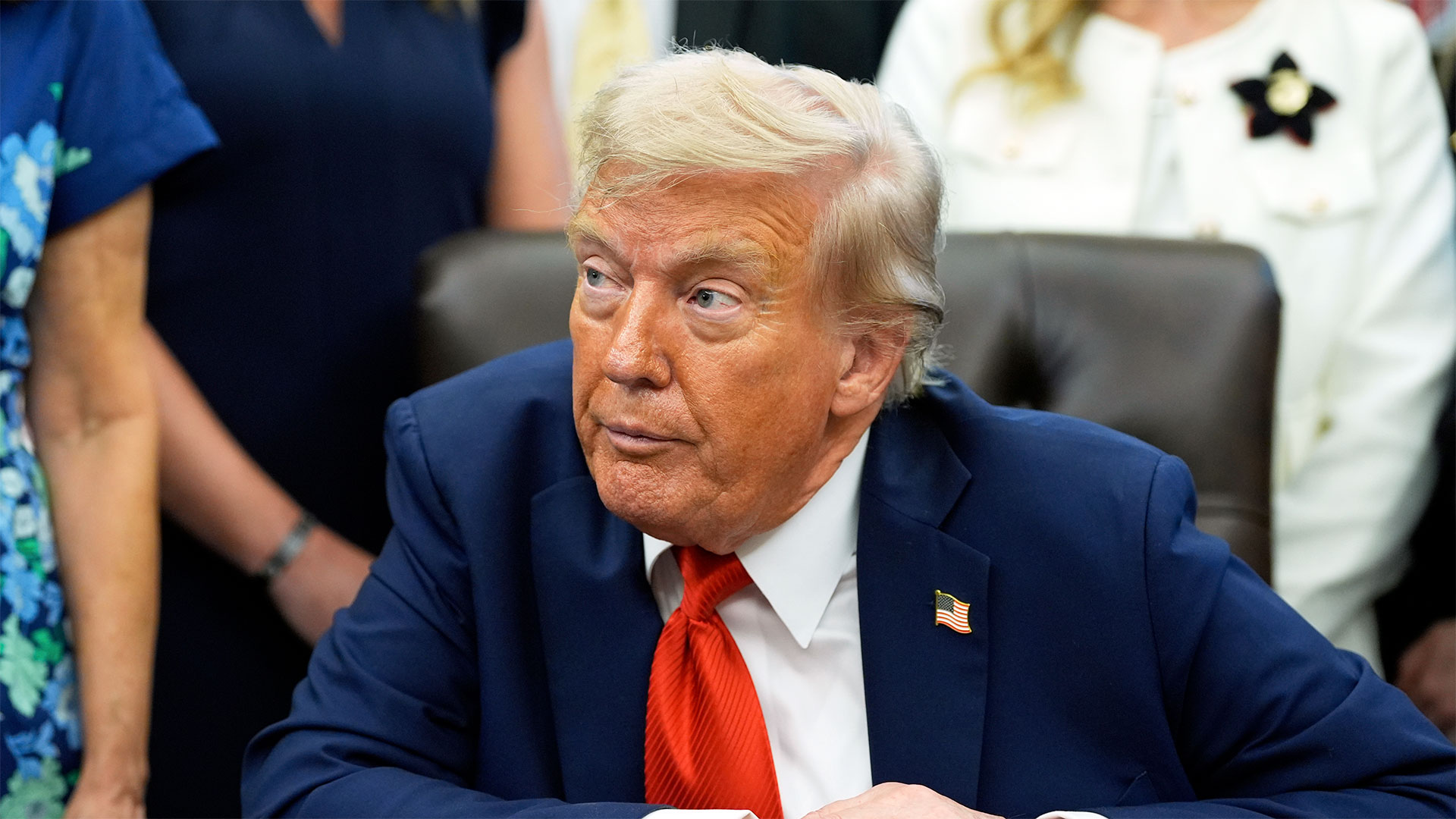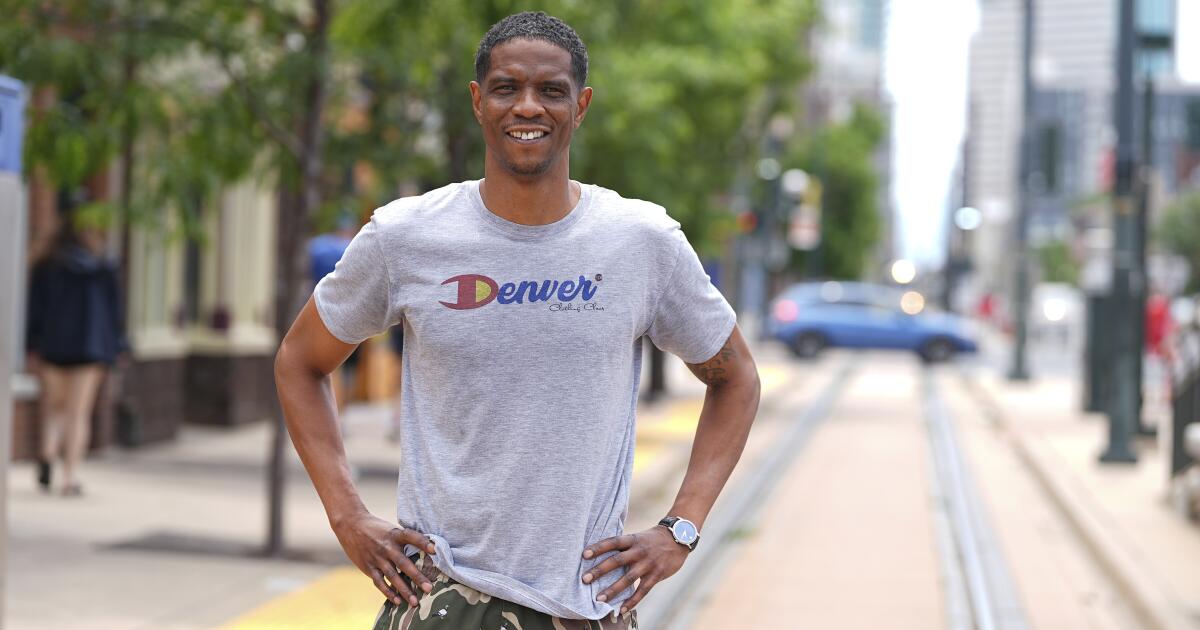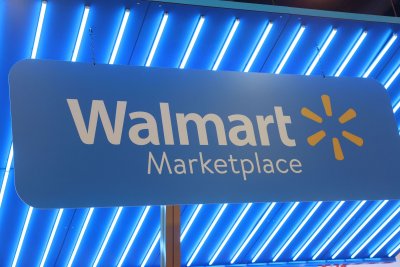On a Wednesday podcast, Federal Communications Commission Chairman Brendan Carr said ABC had to act on Jimmy Kimmel’s comments about the killing of right wing activist Charlie Kirk. “We can do it the easy way or the hard way,” the Trump appointee told right-wing commentator Benny Johnson.
The intended audience, the owners of ABC stations across the country, heard the message loud and clear. They chose the easy way.
Within hours of Carr’s comments, Nexstar, which controls 32 ABC affiliates, agreed to drop “Jimmy Kimmel Live!” indefinitely.
Walt Disney Co.-owned ABC quickly followed with its own announcement that it was pulling Kimmel from the network. Sinclair Broadcasting, a TV station company long sympathetic to conservative causes, also shelved the show and went a step further by demanding that Kimmel make a financial contribution to Kirk’s family and his conservative advocacy organization Turning Point USA.
It is not clear if or when Kimmel’s show will return. On Thursday, high-level ABC executives spoke with Kimmel and his team to see whether there was a way to “bring the temperature down,” allowing the show to return, according to a person familiar with the matter who was not authorized to comment.
The situation reflects the power that Carr has over the companies with outlets that still reach the largest audiences in the U.S., even in the age of streaming. Over-the-air TV and radio stations are the only media licensed by the government due to their use of the public airwaves, and Carr, whose commitment to President Trump is unwavering, holds the keys to their future.
Companies that own TV stations are desperate to make acquisition or merger deals so they can compete with the clout of tech companies. Nexstar, for example, needs the FCC’s permission for a proposed $6.2-billion acquisition of rival station operator Tegna, and other companies are expected to swap and acquire outlets as well. All deals have to get approval of the FCC, which is also being lobbied to lift the cap on how much of the U.S. station owners can cover.
That gives Carr tremendous leverage.
The latest trouble for Kimmel started Monday when he seemed to suggest during his monologue that Tyler Robinson, the Utah man accused in the shooting death of Kirk, might have been a pro-Trump Republican. He said MAGA supporters “are desperately trying to characterize this kid who murdered Charlie Kirk as anything other than one of them and doing everything they can to score political points from it.”
Carr, during Johnson’s podcast, called Kimmel’s comments “the sickest conduct possible.” Carr, who has previously styled himself as a free speech absolutist, argues that stations have the right to pull the show if owners believe the content conflicts with community standards.
“Broadcast TV stations have always been required by their licenses to operate in the public interest — that includes serving the needs of their local communities,” he wrote Thursday on X. “And broadcasters have long retained the right to not air national programs that they believe are inconsistent with the public interest, including their local communities’ values. I am glad to see that many broadcasters are responding to their viewers as intended.”
Kimmel’s staff was told not to report to work Thursday but has been given no information about the program’s future. Kimmel has yet to comment.
Top Disney executives, including Chief Executive Bob Iger — who has a close relationship with the host — and Dana Walden, co-chairman of Disney Entertainment, made the decision to bench Kimmel.
Disney executives had been huddling as the crisis mounted throughout Wednesday and Kimmel and his staff had been preparing the show. The comedian planned to address the situation, according to three people close to the situation who were not authorized to speak publicly.
Some Disney execs were belatedly uncomfortable with Kimmel’s monologue, which became a lightning rod for conservatives on social media. Walden spoke with Kimmel on Wednesday, one of the knowledgeable sources said, and she and other executives became concerned that Kimmel’s planned remarks were “pretty emotional” and “did not strike the right tone.”
With only about an hour before the show was set to begin taping, the ABC executives felt they did not have time to work out an appropriate response and decided to suspend the show rather than risk an escalation of the cultural tensions, one of the sources said.
The call to dump Kimmel by Nexstar, whose founder and CEO Perry Sook has praised the administration and said lifting station ownership restrictions was the company’s top priority, put pressure on Disney to act because of the number of affiliate stations it owns.
Losing Kimmel would be a major blow to ABC.
While late-night ratings are in decline and profits on his show have greatly diminished, Kimmel is a recognizable personality who is strongly identified with the network. He has emceed the Emmys and the Oscars, and hosted game shows in addition to “Jimmy Kimmel Live!” He’s also the current host of ABC’s “Who Wants to Be a Millionaire?” After years of ABC being a non-entity in late-night TV, Kimmel put the network in the game when he arrived in 2003 after hosting popular shows on Comedy Central.
Trump and Kimmel have long sparred. Tensions date back to 2017, when Trump first moved into the White House and Kimmel poked fun at the new president from the Oscars stage. The comedian’s position on Trump hardened, and grew more personal, later that year after he and his wife nearly lost their infant son who was born with a rare heart condition.
Kimmel then advocated for the preservation of the Affordable Care Act, which had been a Trump target. The rift widened last year at the Oscars when Trump posted a harsh review of Kimmel on Truth Social in real time, asking whether there had ever been a worse emcee.
Kimmel read the post during the telecast, then looked at the camera and said: “Thank you for watching. I’m surprised you’re still — isn’t it past your jail time?” Since then Trump has called for Kimmel’s cancellation.
Trump has long been comedic fodder for late-night hosts, and now he is exacting his revenge with Carr’s help. He called for the firing of Stephen Colbert ahead of CBS’ decision to cancel his program, “The Late Show,” for financial reasons. That decision came after Colbert blasted parent company Paramount’s decision to pay $16 million to settle a Trump lawsuit — a move he and many others speculated was made to get FCC approval of its merger deal with Skydance Media.
Trump has also gone after NBC’s late-night hosts Jimmy Fallon and Seth Meyers, saying they should be next on the chopping block.
The chilling effect is already evident on ABC. “The View,” the network’s daytime talk program that airs live and regularly skewers Trump, made no mention of the Kimmel controversy on Thursday. The story was covered briefly on the network’s “Good Morning America.”
Prominent writer-producer Damon Lindelof (a creator of ABC’s hit drama “Lost” and HBO’s “The Leftovers”) posted on Instagram that he was “shocked, saddened and infuriated” by Kimmel’s suspension. Lindelof wrote he could not “in good conscience work” for Disney if the company failed to bring Kimmel back.
Disney’s action was quickly condemned by Hollywood unions, progressive groups, free speech organizations and Democratic politicians.
“The right to speak our minds and to disagree with each other — to disturb, even — is at the very heart of what it means to be a free people,” the Writers Guild of America West and East chapters said in a statement. “It is not to be denied. Not by violence, not by the abuse of governmental power, nor by acts of corporate cowardice.”
“If free speech applied only to ideas we like, we needn’t have bothered to write it into the Constitution,” the writers group said. “Shame on those in government who forget this founding truth. As for our employers, our words have made you rich. Silencing us impoverishes the whole world.”
Tino Gagliardi, international president of the American Federation of Musicians, which includes members of Kimmel’s band, added: “This is not complicated. Trump’s FCC identified speech it did not like and threatened ABC with extreme reprisals. This is state censorship.”
Four prominent unions, including Directors Guild of America and SAG-AFTRA, issued a joint statement saying that the removal of Kimmel “under government pressure” has added further uncertainty to the Hollywood workforce, which already has been reeling from a cutback in film and television production.
FCC Commissioner Anna M. Gomez, the lone Democrat on the three-member panel, said the agency “does not have the authority, the ability, or the constitutional right to police content or punish broadcasters for speech the government dislikes.” Gomez also was sharply critical of Disney, calling out what she called as “cowardly corporate capitulation.”
Disney has not commented beyond its initial announcement.
Gomez referenced an incident earlier in the week, when Trump threatened ABC News correspondent Jonathan Karl after the president bristled over a question Karl asked about a crackdown on free speech. Trump said Atty. Gen. Pam Bondi might “go after” the reporter “because you treat me so unfairly.”
“We cannot allow an inexcusable act of political violence to be twisted into a justification for government censorship and control,” Gomez said.

